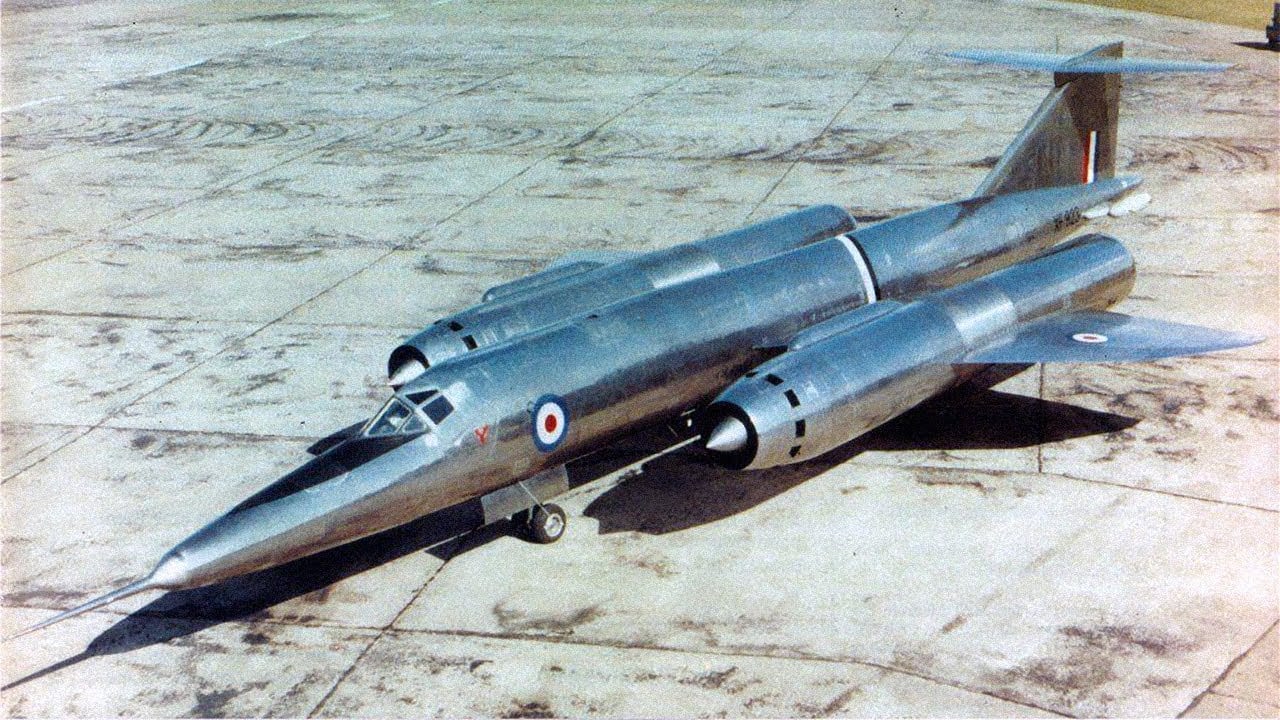The Pentagon's recent approval of a classified counter-drone strategy underscores the escalating urgency of addressing threats posed by unmanned aerial systems (UAS). Defense Secretary Lloyd Austin's initiative aims to unify military efforts to safeguard personnel and facilities from increasingly sophisticated drone attacks, particularly as incidents involving weaponized drones have surged globally. The statement from the Pentagon highlights the necessity of a cohesive strategy, given the alarming rise in one-way drone assaults, notably by Iran-backed groups and in the context of the ongoing conflict in Ukraine. This strategic alignment is critical as the military grapples with the multifaceted challenges posed by adversaries leveraging drone technology.
The strategy outlines a comprehensive approach that includes enhancing detection capabilities, countering threat networks, and integrating counter-drone measures into military doctrine and training. By prioritizing rapid deployment of off-the-shelf technologies and fostering partnerships with Congress and industry, the Department of Defense aims to establish a robust framework for countering UAS threats. The emphasis on measurable progress and adaptability reflects an understanding of the dynamic nature of drone warfare, positioning the Pentagon to respond effectively to evolving challenges in the unmanned systems landscape. This foundational strategy not only addresses immediate threats but also sets the stage for long-term resilience against drone-based attacks.









